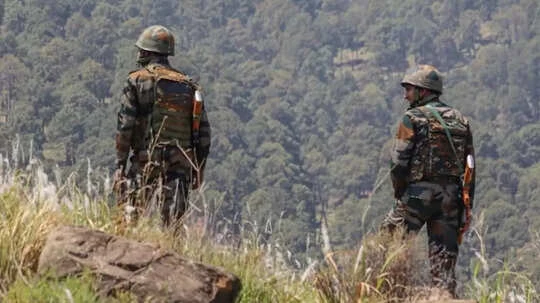First, it was Armenia-Azerbaijan and then, the war between Ukraine and Russia, already three years long. In both wars, drones have been the key, it has changed the way armed forces fight.
This is a lesson that the Indian Army has learned. And today, highly placed sources said, in the workshops of local units of the Army’s Southern, Western and Northern Commands, drones are being fabricated. They are easy to make and they are inexpensive, costing about a fourth of the cost of buying one. These drones can be used for surveillance, and if a grenade or two is placed on them, can be used for strikes.
Top military officials are encouraging this drone fabrication process, and expectedly, sections of the army like the EME or Electronics and Mechanical Engineers, the Corps of Engineers and the Corps of Signals are often involved.
The drone-making, highly placed sources said, is Part III of an essential process, the first part being learning about them, including understanding them and getting comfortable with the technology. Part II involves them learning to use them– in specific institutions in the Army, there is a ‘drone manouvre area,’ where a drone in a plastic casing is flown by personnel to get a hang of using them. Then, it is a matter of assembling them. This has two major benefits: the first, being able to ensure that the unit– and it can be a battalion of roughly 800 officers and men or even a company, about a third of that– has the use of surveillance drones and secondly, the ability to repair them in times of need. Manufacture of drones by soldiers is happening elsewhere as well, with the Ukranian soldiers making them “in situ,” sources said.
These drones, made by units, may not be using the most restricted frequencies and therefore, they can, theoretically at least, be identified, jammed, tracked and shot down. But, how can the adversary jam thousands of inexpensive drones using the same frequencies? It is a “sheer weight of numbers” issue. Some will go through, after saturating the air defence system, causing the necessary damage.”
The units involved in the innovation (and it is not very high-tech) are working independently and using different techniques including 3D printing. Some parts of the drone like the PCB or Printer Circuit Board is often imported. Quite naturally, there is a financial cost involved, of course, and this comes from annual training grants and other allocations at the command and lower levels.
But apart from learning about drones, getting familiar with them and fabricating them cheaply, adding to the military’s operational resources, there is one more benefit. This involves encouraging people to innovate, be ingenious.
“Say, a thousand people are making drones. There may be and is one person who will find something special and that will have enormous benefits. Attaching a drone to a weather balloon that goes up 75,000 feet is being seen as one new innovation. It can provide photographs otherwise harder to acquire,” sources added.
